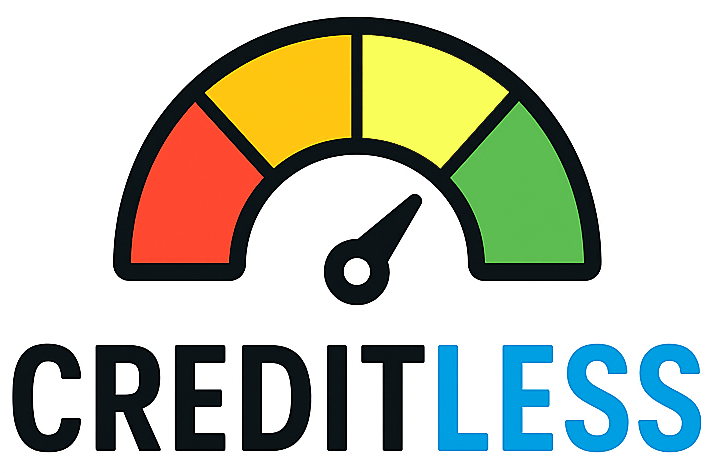Quick overview: Why 2025 matters for credit scores
Several important scoring-model changes are coming into practical use in 2025 and could alter how lenders evaluate you — especially for mortgages and loans. Two of the biggest shifts are: (1) broader acceptance of VantageScore® 4.0 by mortgage markets and (2) FICO’s formal launch of BNPL‑aware versions of its Score 10 suite. These updates change what data models consider and how trends in your balances are measured, so even if your accounts and behavior stay the same you may see score movement or different underwriting outcomes.
What exactly is changing — the specifics
Here are the core model updates to watch and why they matter.
1. VantageScore 4.0 acceptance for mortgages
In mid‑2025 the Federal Housing Finance Agency (FHFA) and market participants implemented longstanding plans to allow VantageScore 4.0 to be used for mortgages sold to Fannie Mae and Freddie Mac. That shift opens the door for lenders to rely on VantageScore as an alternative to FICO in many mortgage underwriting and eligibility workflows — potentially increasing the number of applicants who can be scored and giving lenders a choice between models when pricing and approving loans.
Why it matters: VantageScore 4.0 was built to use a broader set of payment signals (including some alternative payments) and trended data, which may make some renters and otherwise thin‑file borrowers more likely to qualify for mortgage credit than under older FICO variants.
>2. FICO’s BNPL‑inclusive Score 10 variants
FICO announced FICO® Score 10 BNPL and FICO® Score 10 T BNPL — versions of its Score 10 family that incorporate buy‑now‑pay‑later (BNPL) data into scoring calculations and are expected to be available in the fall of 2025. FICO’s treatment attempts to aggregate short BNPL obligations so that responsible BNPL use can help some borrowers, while limiting harmful distortions when many small BNPL accounts appear in a short period.
>3. Other policy and model shifts to watch
- Model validation and industry rollout timelines: FHFA and the GSEs have published implementation guidance (including historical data releases and the alignment of bi‑merge reporting with model transitions) that points to major mortgage system changes through late 2025. Lenders will not all switch at once; expect phased adoption and parallel use of older scores for some time.
- VantageScore’s consumer protections: Earlier VantageScore model updates removed medical collections from scoring calculations — an example of how model design choices can materially shift scores for affected borrowers.
- Market and pricing pressure: Competition between FICO and VantageScore — and responses from bureaus and scoring firms — have already affected pricing, distribution, and lender behavior. That competition may influence which model a lender chooses and the costs lenders bear for scores.
What this could mean for you
Score movement and underwriting outcomes depend on the data in your file and whether BNPL or alternative payments appear. Key consumer impacts to be aware of:
- Mortgage eligibility may change: Some previously unscorable or thin‑file borrowers (for example, long‑term renters with consistent rent or utility payments) could become more likely to qualify when lenders use VantageScore 4.0. Conversely, scoring differences can produce unexpected changes in banding and pricing depending on which model a lender selects.
- Your BNPL activity may start to affect scores: If BNPL providers report to the credit bureaus and lenders adopt FICO’s BNPL‑aware models, both timely BNPL payments and missed BNPL payments could influence FICO scores. FICO’s models include special treatments intended to limit false negatives from many small BNPL accounts, but outcomes will still vary by borrower.
- Past collection items and medical debt: Models may treat medical collections differently (VantageScore removed medical collection data from its recent models), so some consumers have already seen score changes because of prior policy shifts.
Practical steps to prepare and respond
- Check the three credit reports now and correct errors. If lenders begin using different models, the consequences of inaccurate reporting can change, so dispute mistakes quickly.
- Monitor BNPL activity and furnishing: If you use BNPL, confirm whether the provider reports payments to the bureaus (this varies by platform). If they do, treat BNPL like any other credit account — pay on time and avoid opening many plans at once.
- Prioritize on‑time payments and steady balance reductions: The newer models place additional emphasis on trends and balance behavior over time (e.g., FICO 10T’s trending features), so demonstrating falling balances and consistent payments can help.
- Use alternative reporting services carefully: Rent and utility reporting can help thin‑file consumers, but make sure the service furnishes accurate data to the bureaus and understand any privacy or fee tradeoffs.
- Ask lenders which score they used if your loan decision or pricing surprises you — some regulators and the FHFA expect lenders to document model choice and mapping.
Bottom line: you don’t need to panic — but do become more proactive. These model changes aim to reflect modern payment behavior and expand access for some borrowers, but they also create short‑term uncertainty as lenders and systems switch to new inputs and scoring treatments.
